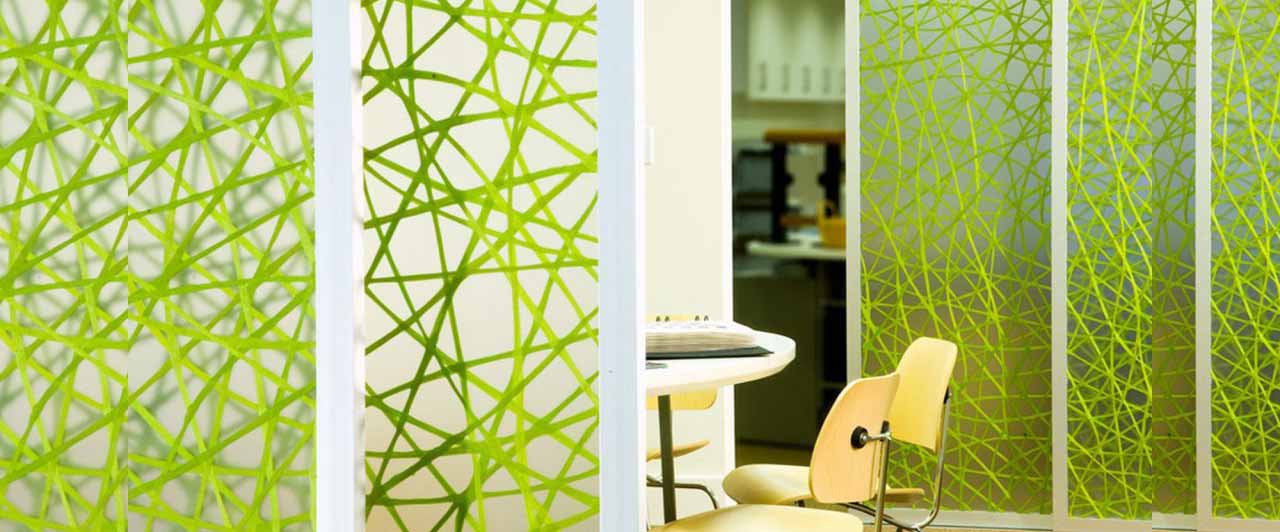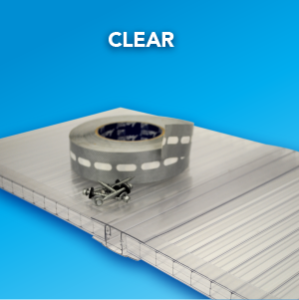

This concession is based upon the assumption that the carpark associated with the Class 2 or 3 building will be for the exclusive use of the building occupants and that the carpark would represent a low fire risk. The fire risks of a single storey carpark in a low-rise Class 2 or Class 3 building are not as substantial as they are in other carparks attached to other classifications, so a concession is suitable.

Part A6 classifies a storey used for carparking as Class 7. To allow the use of residential levels of fire protection to be used for carparks in certain Class 2 and Class 3 buildings. This is provided that occupants are not put at risk during an evacuation because the only means of egress is by way of the balcony, verandah or the like.Īlso, if the building is of Type A construction, the balcony, verandah or the like must be situated at a low level of the building, and have non-combustible supports. Therefore, they are not required to be in compliance with Table 3, 4 or 5. For the purposes of this provision, glass is regarded as non-combustible.īalconies, verandahs and the like do not generally add a significant fire load to a building. For the term “curtain wall”, see Schedule 3. When such construction is used, protection is provided from fire spreading to the subject building. The curtain walls referred to in Clause 2.5(d) must be non-combustible and protected by an external wall-wetting sprinkler system. The intent of Clause 2.5(c)(ii)(E) is to specify that the concession does not apply to structures that contain units that in turn contain flammable or combustible liquids and gases. The structures on a roof referred to in Clause 2.5(c) are not likely to lead to the spread of fire, especially as they are required to be non-combustible. One method of determining the FRL of a timber column is to use the charring rate of the type of timber in the column. The concessions contained in Clause 2.5(b) permit a reduced FRL in timber columns in single storey buildings. In such a case, there would be little benefit in fire rating the column when the roof beams are not rated.īecause of the importance of the structural integrity of a common wall or fire wall in limiting the spread of fire, the concession for steel columns providing lateral support does not apply. In many cases, the columns form the legs of a portal frame, with the roof being non-fire rated. The basis for this concession is the low rise of such buildings. The concessions contained in Clause 2.5(a) allow a steel column to not have an FRL in one and, in some cases, two storey buildings. To permit the use of certain building practices known to provide acceptable levels of fire safety.

Under Clause 2.2(b)(v) a fire wall or fire-resisting wall referred to should not collapse because it is supported by another building element on the other side of the wall. In addition, there is no requirement for Type B and C construction, principally because such buildings are generally low rise.Ĭlause 2.2(b)(iv) exempts certain columns, as listed in Clause 2.5, from having an FRL. This is because of a concession within Clause 3.5 for Type A construction. It should be noted that compliance with the relevant Table is necessary in order to comply with the relevant clause.Ĭlause 2.2(b)(iii) exempts roofs providing lateral support to other building elements. 9, 4.2 and 5.2 is considered adequate in the carparks covered by each clause. The inherent fire resistance of the supports included in Clauses 3. The lateral support for the types of wall referred to in Clause 2.2(b)(i) is considered unnecessary in these cases, because Clause 5.1(b) allows the use of brick veneer walls, and C1.11 enables the prevention of outward collapse of certain external walls by specifying the connection of panels to the building's frame. Clause 2.2(b) lists a number of exemptions to Clause 2.2(a)(ii) and (a)(iii)(B).


 0 kommentar(er)
0 kommentar(er)
